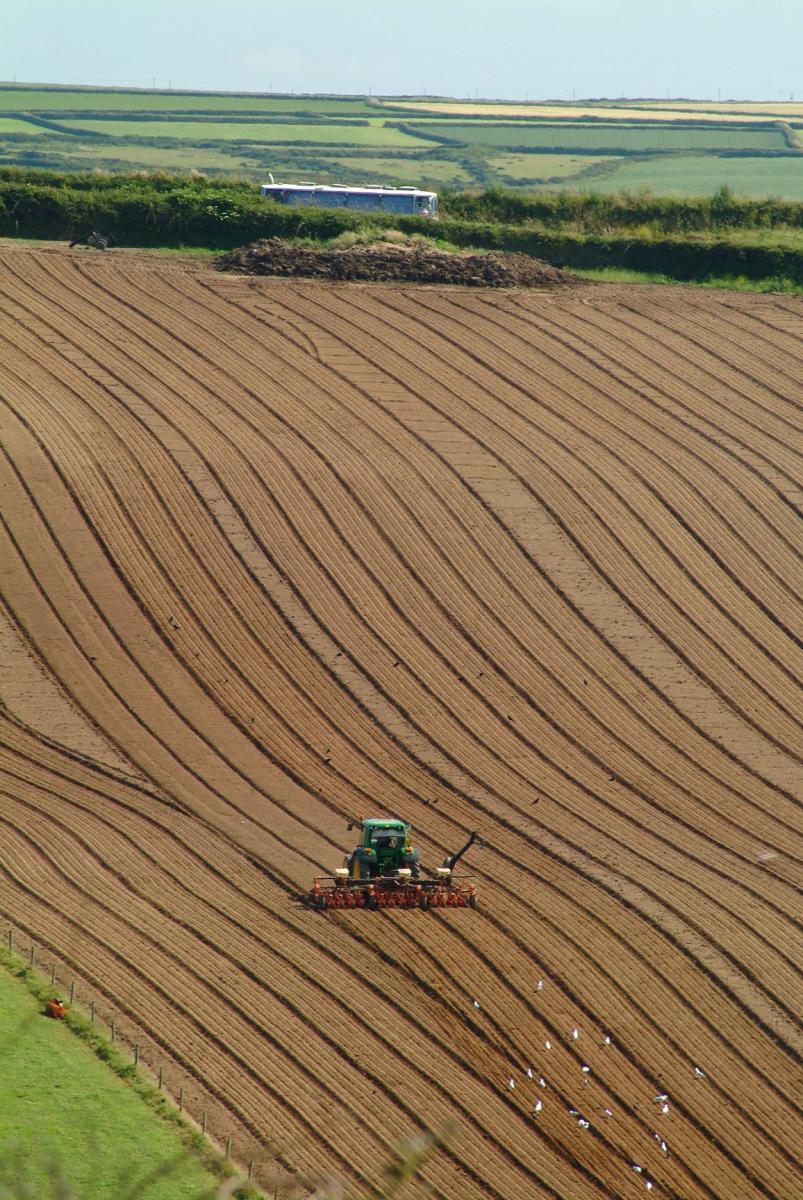Farming In Protected Landscapes – Programme Details
How to Apply?

If you would like to apply please fill out the Register Your Interest form and we will get back in touch with full application details. Full guidance to applicants can be downloaded here as well as detail about our local priorites.
All applicants can be advised on the process and their project by an experienced farm adviser provided by the local team.
Eligibility
The Farming in Protected Landscapes programme is open to all farmers and land managers (including from the private, public and charity sector) in a National Park, National Landscape or the Norfolk Broads – or where activity on the ground can bring benefit to one or more of those areas.
Other organisations and individuals can apply, as long as they do this in collaboration with a farmer or land manager, or in support of a farmer or group of farmers.
The programme supports activity on any land within the North Devon Coast National Landscape and most of the funding will be provided to projects within the National Landscape boundary. It can also support activity on other land where projects can demonstrate benefit to the North Devon, or the National Landscape Partnership’s objectives or partnership initiatives. To see a map of the North Devon Coast National Landscape please visit our ‘Home’ page.
The North Devon Coast National Landscape is a designated AONB. You can see the boundary by visiting the MAGIC mapping website or the Devon Environment Viewer. Click on ‘designations’, ‘land-based designations’ and then ‘Areas of Outstanding Natural Beauty England.’
What the Programme will pay for?
The programme will pay for projects that, in the opinion of the Local Assessment Panel provide value for money and meet at least one of the outcomes listed below, under four themes.
Nature outcomes
- There is a greater area of wildlife rich habitat
- There is greater connectivity between habitats
- Existing habitat is better managed for biodiversity
- There is an increase in biodiversity
Climate outcomes
- More carbon is stored and/or sequestered
- Flood risk is reduced
- Farmers, land managers and the public better understand what different habitats and land uses can store carbon and reduce carbon emissions
- The landscape is more resilient to climate change
People outcomes
- There are more opportunities for people to explore, enjoy and understand the landscape
- There are more opportunities for more diverse audiences to explore, enjoy and understand the landscape
- There is greater public engagement in land management, such as through volunteering
- Farmers and land managers feel increasingly comfortable with providing public goods
Place outcomes
- The quality and character of the landscape is reinforced or enhanced
- Historic structures and features are conserved, enhanced or interpreted more effectively
- There is an increase in the resilience of nature-friendly, sustainable farm businesses, which in turn contributes to a more thriving local economy
Your project must also help to deliver at least one of the Ojectives identified in the AONB Management Plan.
The kinds of projects the programme might support include:
- Promoting connectivity between habitats
- Creation of wildlife-rich habitat
- Increasing canopy cover through hedge rows, parkland trees, copses, woodland pasture and afforestation
- Improving water quality
- Creating scrapes, ponds or other wetland to support a variety of wildlife
- Grassland restoration
- Re-wilding an area of land and promoting natural processes
- Gathering data and evidence to help inform conservation and farming practice
- Providing new or easier access opportunities, links to the rights of way network or interpretation of farming and of the natural and historic features
- Working with new audiences to enable them to experience the Protected Landscape
- Parking improvements at a key site to provide safe access to popular walking routes and reduce congestion for visitors and for local residents
- Restoring Devon hedge rows
- Conserving historic features on a farm, such as lime kilns or hillforts
- Action to reduce carbon emissions, or the use of plastics, on a farm
- Planning for nature conservation, energy efficiency and business resilience, including in farmer clusters
Payment rates
Where there is no commercial gain – up to 100% of the costs.
Where an applicant would benefit commercially from a project – 40% to 80% depending on how much commercial benefit is derived.
If an activity is equivalent to one under Countryside Stewardship (CS), the Programme payment rate will be the same as the CS rate. If not, funding offers will be based on the projected costs of an activity.
Farming in Protected Landscapes and other funding sources
The Programme will work alongside – not in competition with – Defra’s existing and new schemes, adding value where it is most needed. If a potential project can be rewarded through those schemes instead, you will be made aware of them. Note that those seeking support for machinery to increase productivity should utilise the Countryside Productivity Scheme https://www.gov.uk/guidance/countryside-productivity-scheme#countryside-productivity-scheme rather than project grants through Farming in Protected Landscapes
Large scale tree planting may be best delivered through Forestry Commission funding including the England Woodland Creation Offer https://www.gov.uk/guidance/england-woodland-creation-offer
Local Assessment Panel
The following members have been recruited by the National Landscape to provide a range of skills, knowledge, sectoral and geographical coverage. The Panel will operate under Nolan Principles and will use Defra’s national scoring system for the FiPL programme to assess applications. Members: Christine Goodall (Natural England), Justin Seedhouse (National Trust), Brian Butler (NFU), David Chugg (Farmer & Devon NFU Vice Chair), Janet Herniman (Rural & Farm Business Adviser & Mentor), Eirene Williams (AONB), Martin Batt (AONB Vice Chair), Tom Hynes (retired ND Biosphere Biodiversity Officer)

